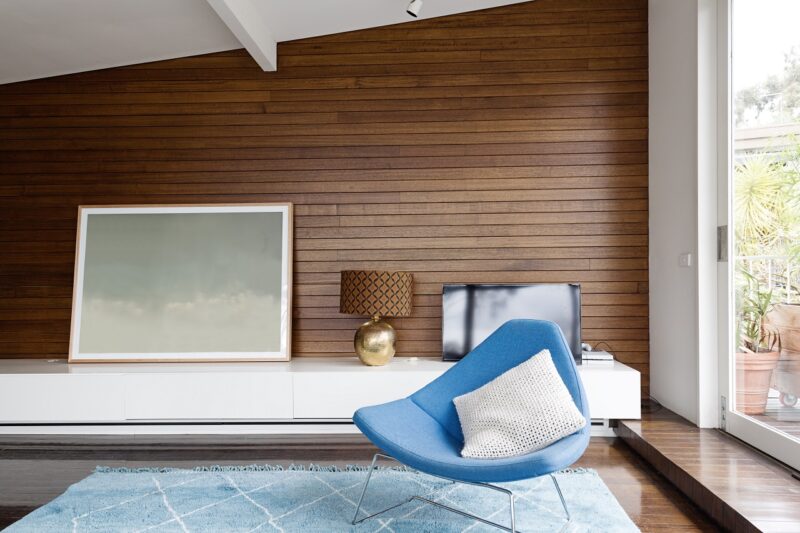Published: 26/08/24 By: Mike Bekin
In Scandinavian countries, internal timber cladding is as much a part of the culture as reindeer or snow. It has been used for thousands of years to create homes, and now it is making its way over to England as a top trend for interior home design.
If you are considering adding internal cladding to your space, weigh up the pros and cons with this handy guide.
Interior Timber Cladding Pros
First up, we have the advantages which timber cladding brings to interiors:
Aesthetic Appeal
Timber cladding brings a chic, contemporary look to homes which instantly spruces up a bare wall. It adds warmth to a space and a splash of natural colour, creating an inviting aesthetic which is anything but dull.
You can also choose stains, finishes and paints to reflect the style of your home, making this a versatile design feature which can suit a wide range of tastes.
Easy Installation
As long as you have some experience with DIY and a little knowledge about working with timber, you can install interior cladding yourself. This makes it a budget-friendly project for homeowners who like a challenge!
Not feeling quite confident that you are ready for a timber installation? No problem, there are plenty of craftsmen out there who can take on the work for you, ensuring a professional finish to your timber cladding.
Low-Maintenance Renovations
Once your cladding is installed, it will be easy to keep it looking its best. Unlike exterior timber which will naturally weather, your indoor cladding boards are kept away from the elements and so will not need regular cleaning or re-staining. However, we would advise that if your timber cladding will be in sunlight, you should add a UV protectant before installation to prevent your colour from fading over time.
A Natural Insulator
In the midst of the global energy crisis, keep your home a little warmer in the winter with interior cladding. Timber is a natural thermal insulator and can enhance the thermal performance of your space, reducing the need for both heating and cooling. Not only will this save you money on your electricity bill, but it will also help create a home which is more sustainable to run.
Interior Timber Cladding Cons
The pros of interior timber cladding far outweigh the cons. That being said, there are some factors you will need to consider before jumping into a cladding project.
Humidity and Moisture Considerations
Timber is a natural material which can be affected by moisture and humidity, causing it to shrink, swell or warp. In a dry environment – e.g. a living room or bedroom – this is unlikely to be an issue. However, if you are using timber cladding in the bathroom or a small kitchen, you will need to use a durable species (such as Cedar or Larch) with a water-resistant coating to prevent any problems.
Not All Timber is Equally Sustainable
To remain sustainable and ethical, you need to ensure that your timber is not part of the illegal logging and deforestation trade. Luckily, this is not hard to do. By choosing sustainable timber cladding boards from EcoChoice, where the timber comes from FSC and PEFC-certified forests, you ensure that your cladding is responsibly sourced from farmers fighting back against these harmful practices.
Find Your Timber Cladding Boards
Ready to take the plunge? We have got you covered. Start browsing our timber cladding to learn more about the wide range of species we have available and our commitment to responsible forestry.
If you have any questions about your interior cladding or would like to start an order, get in touch with our team today.
Tags: interior timber cladding
Categories: Insights
